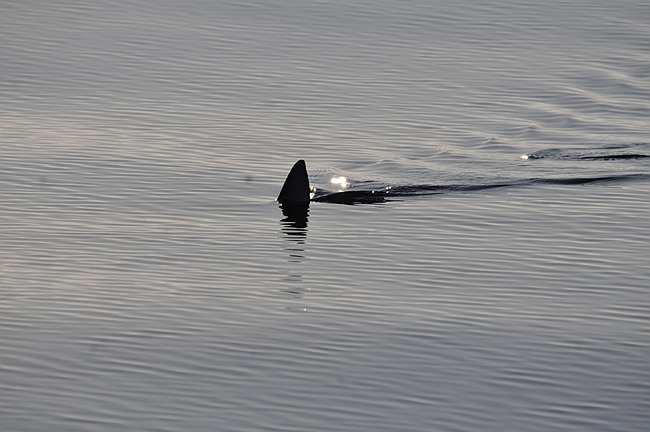September 15, 2014
A giant footstep towards saving sharks
Yesterday, the entry of 5 new species of sharks and all manta rays to the CITES (Convention on International Trade in Endangered Species) Appendix II went into effect, as agreed on in the CITES meeting last year in Bangkok, Thailand.
The shark species that are now included in this list are the Oceanic Whitetip, the Porbeagle and three varieties of Hammerhead shark; the Great Hammerhead, the Smooth Hammerhead and the Scalloped Hammerhead. All of these species are listed as threatened on the IUCN RED List.
So what does this actually mean for these animals?
CITES Appendix II contains species that are at risk of becoming threatened with extinction if trade is not kept at a limit. This means that international trade in these species will now be tightly regulated in 180 signatory countries, ensuring that trade of these vulnerable species is limited in order to ensure their survival in the wild.
Any trade at all will need to come with permits to make sure that the animals have been caught sustainably and legally, and must be reported to the CITES secretariat.

One of the biggest threats to sharks is the worldwide trade in shark fin, a demand which comes in particular from China. In China, shark fin soup is a delicacy, which is associated with good fortune, honor and prosperity and is commonly served at weddings, New Year celebrations and other occasions.
When you think about the massive population of China (1.4 billion people) it is easy to see how their love for shark fin, is incredibly unfortunate for sharks. Because of this big demand, sometimes sharks are killed just for their fins, whereby the fin is cut off while they are alive and they are then dumped back into the sea to bleed or drown to death.
A large demand in Manta Rays also comes from China, as their gills are now being used for medicinal purposes, a fact which is not scientifically backed and is not even in founded in traditional medicine.
But how will trade in these species actually be stopped?
Most certainly, stopping unregulated trade in these species will be a challenge, and will require close cooperation between countries, governments and NGOs. The good news though, is that the European Union has contributed 1.2 million euros to help implement the new measures.
And on a technological level, a new software tool called iSharkFin has been developed in order to identify species of shark by the shape of the fin. This is aimed at inspectors, custom agents and fish traders and will greatly help in enforcing the regulations associated with CITES Appendix 2.
Things are certainly looking up for sharks! First of all, out of all the countries that made reservations on the new CITES listing (Japan, Iceland, Canada, Guyana and Denmark on behalf of Greenland) China was not one of them. Also, sales in shark fin in China are now beginning to drop.
Finally it seems that the world is showing a real commitment to protect these wonderful animals.

